Culture
Big Ideas: 12 Impressive Sculpture Parks
Big Ideas IntroThe surrounding environment at these idyllic parks informs our understanding of the art and turns a visit to the museum into a day out by the sea, in the forest or at the lake.
By Fiona Brutscher
0/13
Culture
Big Ideas: 12 Impressive Sculpture Parks.
Socrates Sculpture Park, New YorkSocrates Sculpture Park, New York: From abandoned landfill to acclaimed art site – this former illegal dumping ground has come a long way since a group of locals turned it into an open studio and exhibition space. The park and selection of sculptures are in constant flux; its one constant is the spectacular view of the Manhattan skyline across the East River. socratessculpturepark.org [Photo © Tobias Hutzler]
1/13
Culture
Big Ideas: 12 Impressive Sculpture Parks.
The Sculpture Park, SurreyThe Sculpture Park, Surrey: More selling exhibition than outdoor museum, this park (less than two hours from London) displays an ever-changing array of sculptures by hundreds of contemporary artists. You can visit the park year-round, not only in real life, but also by going on a virtual tour courtesy of Google Maps!
google.co.uk/maps, thesculpturepark.com2/13
Culture
Big Ideas: 12 Impressive Sculpture Parks.
Yorkshire Sculpture ParkYorkshire Sculpture Park: In the ever-so-British setting at historic Bretton Estate, the landscape is suitably restrained and quaint, letting the art do the talking. The names alone speak volumes, with sculptures by highly recognisable 20th-century artists aplenty. Case in point: Yorkshireman Henry Moore, whose work is currently on display. ysp.co.uk [Photo © Jonty Wilde]
3/13
Culture
Big Ideas: 12 Impressive Sculpture Parks.
Olympic Sculpture Park, SeattleOlympic Sculpture Park, Seattle: A prime example of urban redevelopment, the Seattle Art Museum turned a former waterfront industrial site into a futuristic outdoor gallery. The shape and slant of the sloping site were challenges, but turned the resulting park into a bold, modern landscape. seattleartmuseum.org
4/13
Culture
Big Ideas: 12 Impressive Sculpture Parks.
Vigeland Park, OsloVigeland Park, Oslo: Not the only – but certainly the largest – sculpture park created by a single artist, this precisely landscaped space is the life’s work of Norwegian sculptor Gustav Vigeland. His legacy also includes the museum housed in his former home and studio, adjacent to the park. vigeland.museum.no
5/13
Culture
Big Ideas: 12 Impressive Sculpture Parks.
Skulpturenpark Waldfrieden, WuppertalSkulpturenpark Waldfrieden, Wuppertal: Situated in the sprawling parklands surrounding a former industrialist’s residence, the sculpture park certainly deserves its name, which translates as “forest peace.” British sculptor Tony Cragg not only found peace in the leafy surroundings, but also a place to display his own work and that of other renowned artists. skulpturenpark-waldfrieden.de Photo © Flickr user H.P. Brinkmann
6/13
Culture
Big Ideas: 12 Impressive Sculpture Parks.
Bruno Weber Park, SpreitenbachBruno Weber Park, Spreitenbach: Bruno Weber’s life work, a phantastical wonderland of similarly eccentric sculptures, seems entirely at odds with typical Swiss virtues like accuracy, tidiness and rationality. Recently reopened, the park proves that sometimes a contrast is what makes a work of art shine. brunoweberpark.ch
7/13
Culture
Big Ideas: 12 Impressive Sculpture Parks.
NIROX Sculpture Park, JohannesburgNIROX Sculpture Park, Johannesburg: Wandering through the lush and peaceful park, occasionally discovering a sculpture, it’s hard to believe that Johannesburg is less than an hour away. The fact that the site is located within the Cradle of Humankind World Heritage Site adds to the profound sense of interaction between nature and artistic form. niroxarts.com Photo: ‘Rock Rubbings’ by Priyanka Choudhay
8/13
Culture
Big Ideas: 12 Impressive Sculpture Parks.
Kirstenbosch Sculpture Garden, Cape TownKirstenbosch Sculpture Garden, Cape Town: The botanical garden itself is an art gallery of sorts, showing off nature’s blooming sculptures and preserving South Africa’s flora in a spectacular setting. The Sculpture Garden takes a similar approach, displaying contemporary Zimbabwean stone sculptures amid the indigenous plants. sanbi.org Photo © Flickr user Harvey Barrison
9/13
Culture
Big Ideas: 12 Impressive Sculpture Parks.
Sculpture by the Sea, SydneySculpture by the Sea, Sydney: The sculpted coastline of the Bondi to Tamarama seaside walk inspired the 1st edition of this festival, which still takes place in the same location each year, placing sculptures atop rocks, in caves and on beaches along the popular walk. In addition, there are similarly beachy events in Perth, Western Australia and Aarhus, Denmark. http://www.sculpturebythesea.com/Home.aspx
10/13
Culture
Big Ideas: 12 Impressive Sculpture Parks.
Art on the Mountain, Zell am SeeArt on the Mountain, Zell am See: It’s not every day you take a cable car to the museum. Of course, you can also hike to the top of the mountain, or ski down from the peak… but you’ll have to get active to discover all of the 30 sculptures commissioned for this Alpine town. schmitten.at
11/13
Culture
Big Ideas: 12 Impressive Sculpture Parks.
Lough Boora Discovery Park, IrelandLough Boora Discovery Park, Ireland: The earliest sculptures created at this location in the centre of Ireland date back to 6000 BC. Artefacts indicating a Mesolithic settlement were found in the peaty bog in 1977, but more recently, a series of specially commissioned site-specific sculptures have brought the rugged nature reserve to new life. loughboora.com
12/13
Culture
Big Ideas: 12 Impressive Sculpture Parks.
Big Ideas Poll13/13

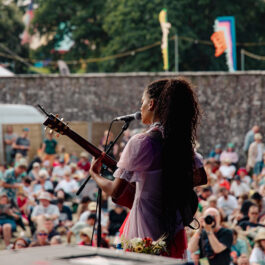
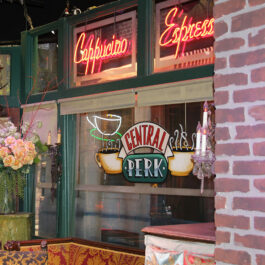
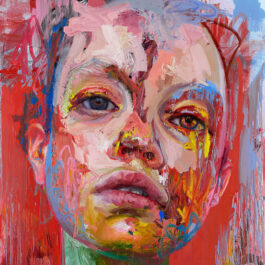
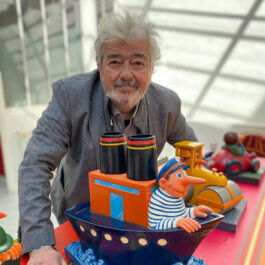
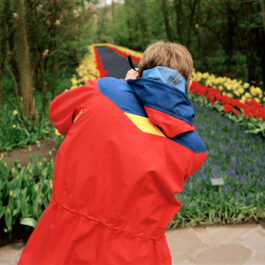


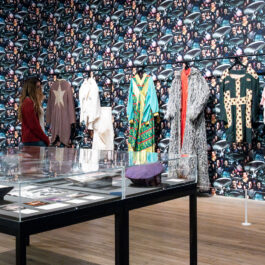
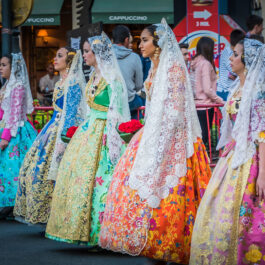
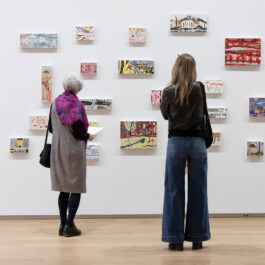
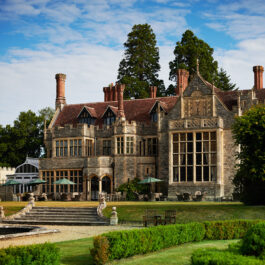

Sorry, the comment form is closed at this time.